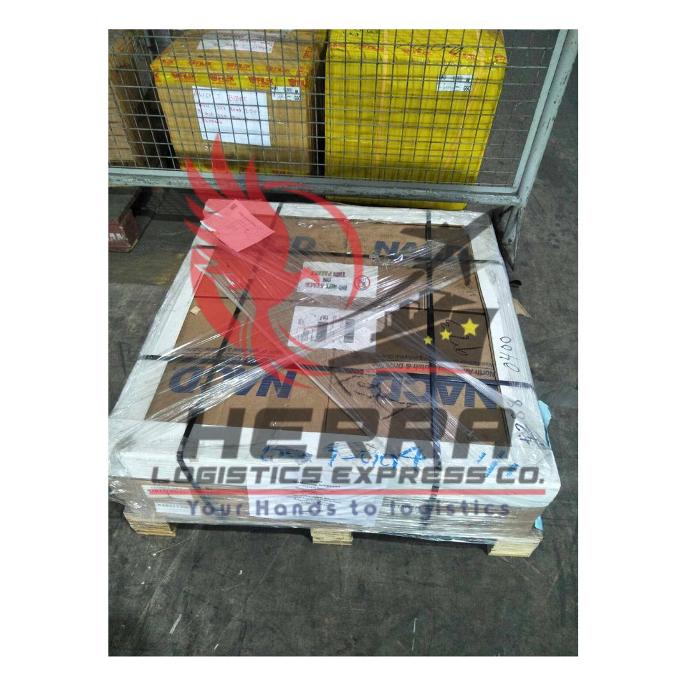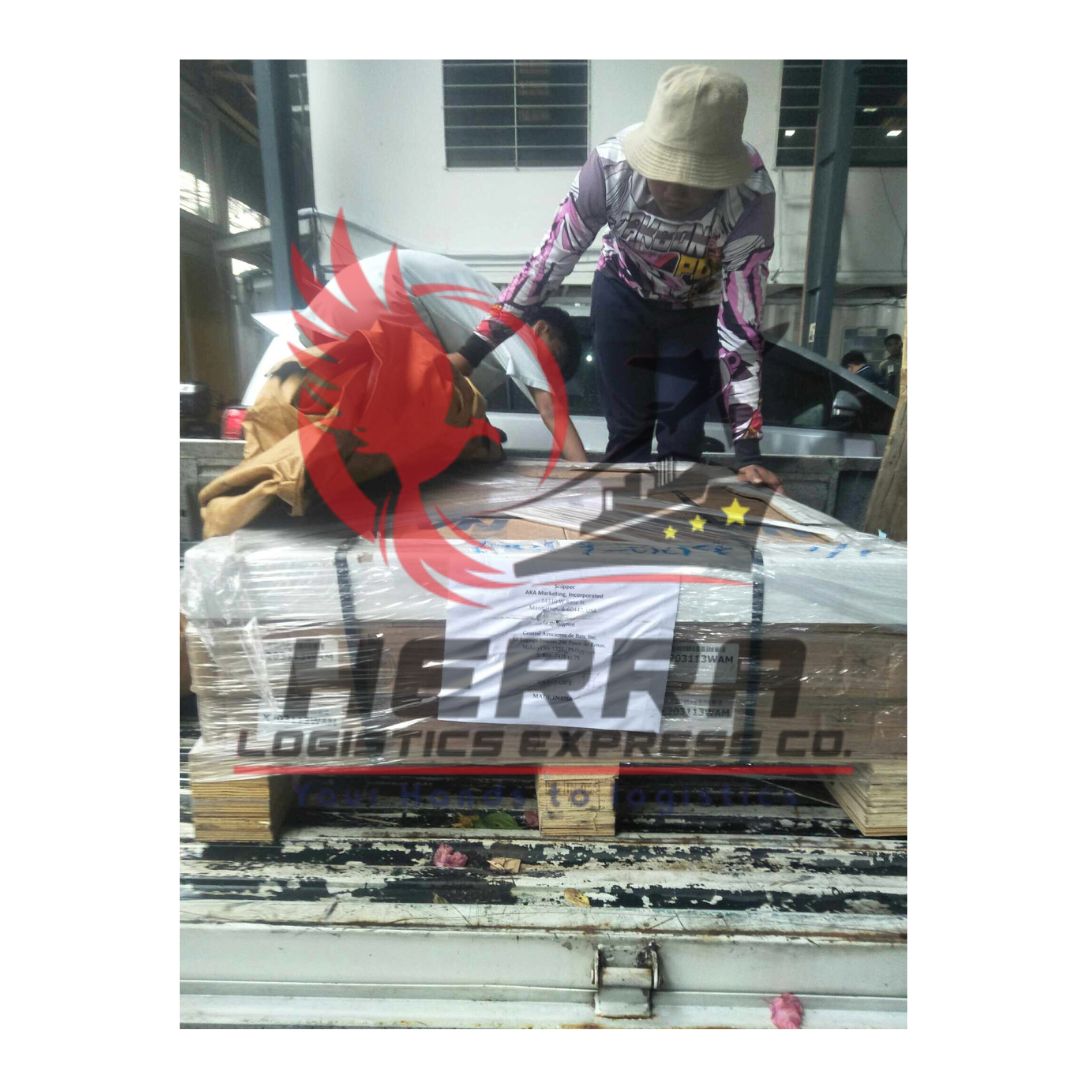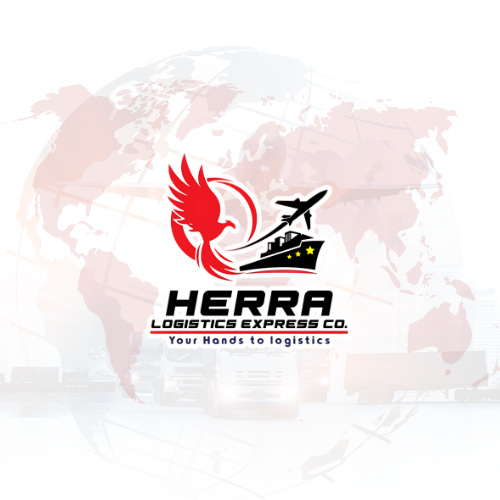LIKE, FOLLOW & SHARE
FB : HERRA Logistics Express Co.
IG : HerraLogistics
Tiktok : @herralogistics

- Cane Handling Equipment: This includes equipment for transporting harvested sugar cane from the fields to the milling plant. It may involve trucks, tractors, or conveyor belts for bulk transportation.
- Cane Preparation Equipment: Before milling, sugar cane needs to be prepared by removing leaves and tops and cutting it into smaller pieces. This is done by equipment like cane knives, choppers, and shredders.
- Milling Machinery:
- Crushers: Sugar cane crushers are the primary machines used to extract juice from sugar cane. These crushers come in various types, such as cane crushers, shredders, or mills, and they crush the cane to extract its juice.
- Rollers: Rollers are a crucial part of the milling process. They crush the sugar cane to extract the juice efficiently. These rollers can be arranged in various configurations depending on the type of mill (e.g., three-roller mill, five-roller mill).
- Diffusers: Some modern mills use diffusers instead of conventional crushers to extract juice from sugar cane. Diffusers use a process of imbibition to extract juice.
- Juice Extraction Equipment: After milling, the sugar cane juice needs to be separated from the crushed cane fibers. This is typically done using screens, centrifuges, or presses.
- Clarification Equipment: The extracted juice contains impurities like suspended solids and non-sugars that need to be removed to produce clear juice. Clarification equipment such as clarifiers, filters, and centrifuges are used for this purpose.
- Evaporation Equipment: After clarification, the juice is concentrated by evaporating water from it, leaving behind a syrup. This is achieved using multiple-effect evaporators or other evaporation systems.
- Crystallization Equipment: The concentrated syrup is then further processed to crystallize sugar. Crystallizers are used for this purpose, where sugar crystals are formed and then separated from the syrup.
- Drying and Packaging Equipment: Once sugar crystals are formed, they are dried to remove excess moisture and then packaged for distribution. Drying equipment like rotary dryers or fluidized bed dryers may be used depending on the scale of production.


- Customs Clearance Process: When goods arrive at a port or airport in the Philippines, they need to go through customs clearance procedures before they can be released for entry into the country. This process involves submitting various documents, paying duties and taxes (if applicable), and complying with import/export regulations.
- Documentation: Customs clearing agents are responsible for preparing and submitting all the necessary documentation required by customs authorities. This includes the bill of lading, commercial invoices, packing lists, certificates of origin, and any other relevant documents.
- Customs Declarations: Customs brokers prepare and submit customs declarations on behalf of importers/exporters. These declarations provide detailed information about the goods being imported/exported, including their value, quantity, description, and classification under the Harmonized System (HS) codes.
- Duties and Taxes: Customs clearing agents calculate the duties, taxes, and other charges payable to customs authorities based on the declared value and classification of the goods. They ensure that all applicable duties and taxes are paid in a timely manner to avoid delays or penalties.
- Communication and Coordination: Customs brokers act as intermediaries between importers/exporters and customs authorities, facilitating communication and resolving any issues that may arise during the clearance process. They also coordinate with shipping lines, freight forwarders, and other parties involved in the import/export transaction.
- Regulatory Compliance: Customs clearing agents must stay up-to-date with changes in customs regulations and procedures to ensure compliance with import/export laws. They provide advice and assistance to importers/exporters on regulatory requirements, such as product registration, import permits, and quarantine clearance.
- Cargo Inspection and Examination: In some cases, customs authorities may conduct physical inspections or examinations of imported/exported goods to verify compliance with regulations. Customs brokers coordinate these inspections and ensure that the goods are presented to customs authorities for examination when required.
- Representation: Customs clearing agents may represent importers/exporters in meetings with customs authorities or other government agencies to resolve disputes or seek clarification on customs-related matters.
